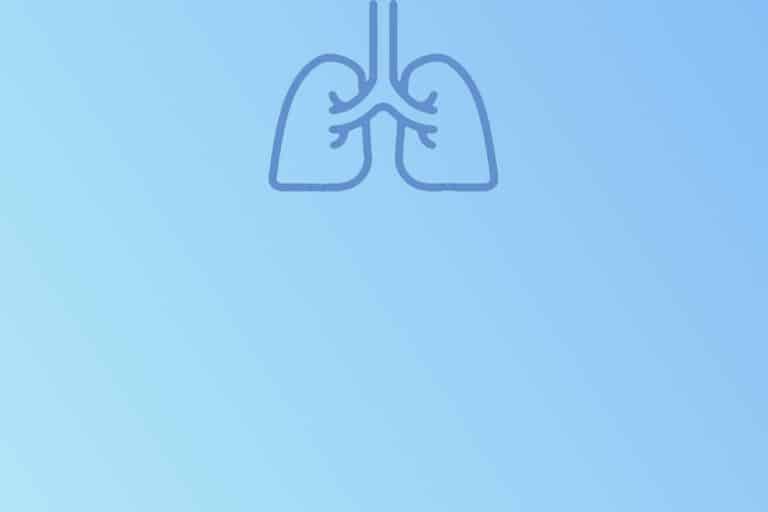Late onset sepsis
Late onset sepsis (LOS) is an infectious complication in newborns that have clinical presentation after the first 72 hours of life. Sometimes also called nosocomial due to pathogenesis – contact with mother, breastmilk, invasive procedures, hands of healthcare personnel. LOS episodes significantly contribute to neonatal mortality and morbidity rates and can have lifelong consequences.
Risk factors
- prematurity (immunodeficiency)
- invasive procedures (postnatal – catheters, intubation)
- epidemiology situation in the unit
- overuse of antibiotics (resistant species)
Types of infection in perinatology and neonatology
- congenital infections (e.g. TORCH)
- early-onset sepsis (EOS) => within 72 hours after birth
- late-onset sepsis (LOS) => after 72 hours of life
Pathogens causing Late onset sepsis
Staphylococcus spp.
- Staphylococcus aureus, Staphylococcus epidermidis (Coagulase-Negative Staphylococcus – CONS)
- 80-90% of cases of LOS
- Staphylococcal sepsis (with abscesses), conjunctivitis, arthritis, osteomyelitis
Streptococcus agalactiae
- Group B Streptococcus (GBS)
- GBS colonization in 30% of pregnancies (cervicovaginal GBS screening at 36 weeks of gestation)
- GBS sepsis, pneumonia, meningitis
Gram negative bacteria
- E. coli, Klebsiella, Enterobacter, Proteus, Pseudomonas, Acinetobacter, Citrobacter, Morganella, Serratia species
- Gram negative sepsis, meningitis
Viruses
- RSV (respiratory syncytial virus) – bronchiolitis => prophylaxis for high-risk newborns (chronic lung disease, congenital heart defects) – see below
- Norovirus, Adenovirus, Rotavirus – gastrointestinal clinical symptoms (hemorrhagic diarrhea, gastroenteritis, risk of necrotizing enterocolitis)
Urinary tract infection
Risk factors include congenital anomalies of kidney and urinary tract (hydronephrosis, hydroureter, vesicoureteral reflux – VUR, posterior urethral valve in male infants), prematurity and invasive procedures. Pathogens include both Gram negative (see above) and Gram positive (Staphylococcus spp, GBS) bacteria.
Clinical and diagnostic features are similar to general infections in newborns. Specifically, urine culture is vital to the diagnosis and as such, need to be collected under sterile conditions (mid-stream urine sample or catheterized urine). Ultrasound investigations may reveal congenital anomalies, cystourethrography for VUR. MAG3 (mercaptuacetyltriglycine) dynamic scan is used at later age to assess the structure, location of the kidneys, as well as their function (nuclear medicine technique using isotopes). DMSA (dimercaptosuccinic acid) static scan is used to reveal parenchymal post-inflammatory changes in the renal cortex (proximal tubules).
Diagnosis
Clinical signs
- usually non-specific
- respiratory distress syndrome (RDS)
- apneas
- cyanosis
- circulation disturbances (tachycardia, poor perfusion, pale color)
- thermal instability
- petechiae
- neurologic symptoms (seizures, irritability, apathy, hypertonia/hypotonia)
- hyperbilirubinemia
- feeding intolerance, distended abdomen, vomiting, diarrhea
Laboratory findings
- inflammatory markers (C-reactive protein – CRP; procalcitonin – PCT, interleukin 6 – IL-6)
- full blood count (leucopenia/leucocytosis, shift to the left, I/T index > 0.2, anemia/thrombocytopenia)
- metabolism (hyperglycemia)
- blood gas (acidosis)
- cultures (blood culture, urine, cerebrospinal fluid, bronchoalveolar lavage)
- colonization (ear and nose, oropharynx, conjunctiva, rectum)
- serology (antibodies)
- PCR (cytomegalovirus – CMV)
Screening
- during pregnancy (syphilis, hepatitis B – HBsAg, HIV)
- postnatally from the umbilical cord (serology tests for syphilis)
→ RPR = rapid plasma reagin = screening test for syphilis (cardiolipin [phospholipid] incorporated in the membrane of Treponema Pallidum reacts with antibodies)
→ TPHA= Treponema Pallidum hemagglutination = diagnostic test for syphilis (detects amount of anti-Treponema pallidum antibodies in the serum sample (umbilical cord) of a newborn)
Prophylaxis
- congenital/perinatal infection: syphilis, group B Streptococcus (GBS), hepatitis B, herpes simplex virus, human immunodeficiency virus (HIV)
- postnatal infection: anti-epidemic guidelines for the neonatal intensive care unit (NICU) – hand hygiene before and after manipulation with a patient and his environment (equipment)
- RSV prophylaxis with monoclonal antibodies (palivizumab – 5 doses given once monthly during the viral season) – current MEDLEY study to offer a better alternative (nirsevimab) due to single-dose application
Therapy
General
- ventilation support (oxygen, nasal continuous positive airway pressure – CPAP, mechanical ventilation)
- circulation support (volume therapy, inotropes)
- immunoglobulins
- parenteral nutrition
- thermal management
Specific
- based on the pathogen
- broad-spectrum antibiotics => antibiotic rotation based on the clinical response and individual antimicrobial sensitivity of a pathogen
- antivirotics (aciclovir, ganciclovir)
- antimycotics (fluconazole, amphotericin B)
References
① Shane AL, Sánchez PJ, Stoll BJ. Neonatal sepsis. Lancet. 2017;390(10104):1770-1780. doi:10.1016/S0140-6736(17)31002-4






